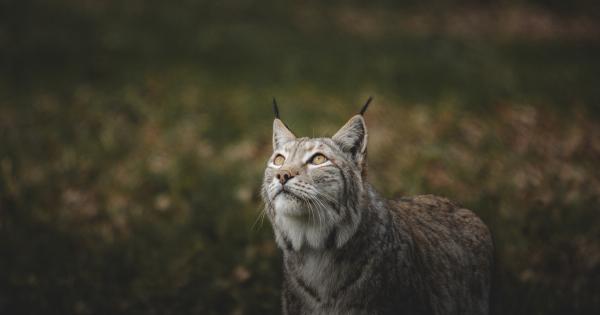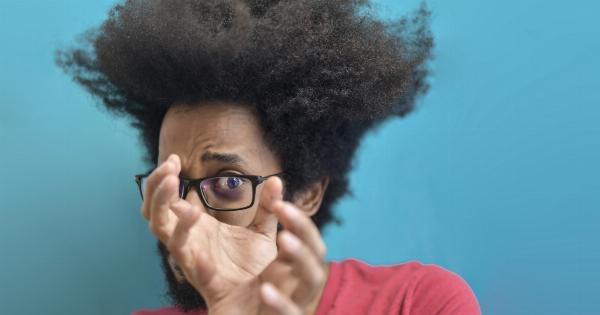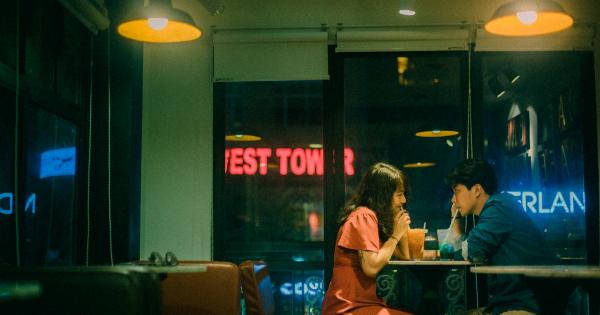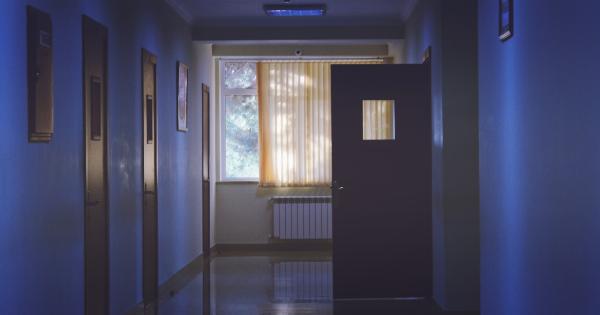Have you ever noticed that your pet’s vision seems to be exceptional in certain situations, but not as great in others? Dogs and cats process visual information differently than humans do, making their perception of the world unique to our own.
Lighting conditions in particular have a significant impact on how pets see the world around them. In this article, we will explore how dogs and cats see in different lighting conditions.
Daytime Vision
Dogs and cats have superior vision in low light conditions compared to humans. However, during the day, the perception of colors and contrast for dogs and cats is not as clear as that of a person’s.
Cats and dogs have fewer cone photoreceptor cells, which are responsible for detecting color and processing fine details. As a result, pets are more sensitive to motion and notice changes that we often miss. Pets, especially dogs, are therefore able to quickly detect any potential predators in their vicinity.
Twilight Vision
Twilight is the most interesting time of day for a dog’s vision. During the first 30 minutes after sunset (or before sunrise), the cones in a human’s eye are less active as the rods at the center of the retina adjust to the low light.
In contrast, dogs need around 5 minutes to adjust to low light. Then, dogs rely on the tapetum – a reflective layer at the back of their eyes. The tapetum amplifies any available light and reflects it back onto the retina, providing better vision. This also results in their eyes shining in the dark.
At this time, dogs see better than humans and are able to detect motion, distance, and shapes with ease.
Low-Light Vision
Low-light conditions can be tricky for dogs and cats to navigate since they need some light to see but bright illumination can dazzle or blind them.
To be able to see in low-light situations, pets heavily rely on their rod photoreceptor cells, which help to detect movement and provide peripheral vision. However, these cells do not provide detailed information, so dogs and cats may have difficulty recognizing objects without sufficient lighting.
Night Vision
Contrary to popular belief, dogs do not have night vision. However, their vision is much better in low light conditions than humans.
This means that when there is limited light available, dogs become adept at distinguishing movement and have excellent peripheral vision. They also possess a higher number of rods, which means they are better able to detect movement in the dark. However, while dogs have better low-light vision than humans, they can still experience difficulty navigating in complete darkness.
Bright Light Vision
Bright light, whether natural or artificial, can be quite challenging for dogs and cats. It can cause blurring, discomfort, and, in some cases, damage to their eyes.
Both cats and dogs have a third eyelid, which is a membrane that helps to protect eyes from excessive exposure to sunlight and dust. Additionally, pets have phototoxicity, which can result in retinal damage due to exposing their eyes to bright light.
In Conclusion
The visual capabilities of dogs and cats differ from those of humans, which makes their perception of the world unique. Lighting conditions affect pet vision differently.
Dogs and cats have better vision at twilight and in low light conditions, but bright light can be damaging to their eyes. Our beloved pets are fascinating creatures with extraordinary visual abilities that we can learn a lot from.






























